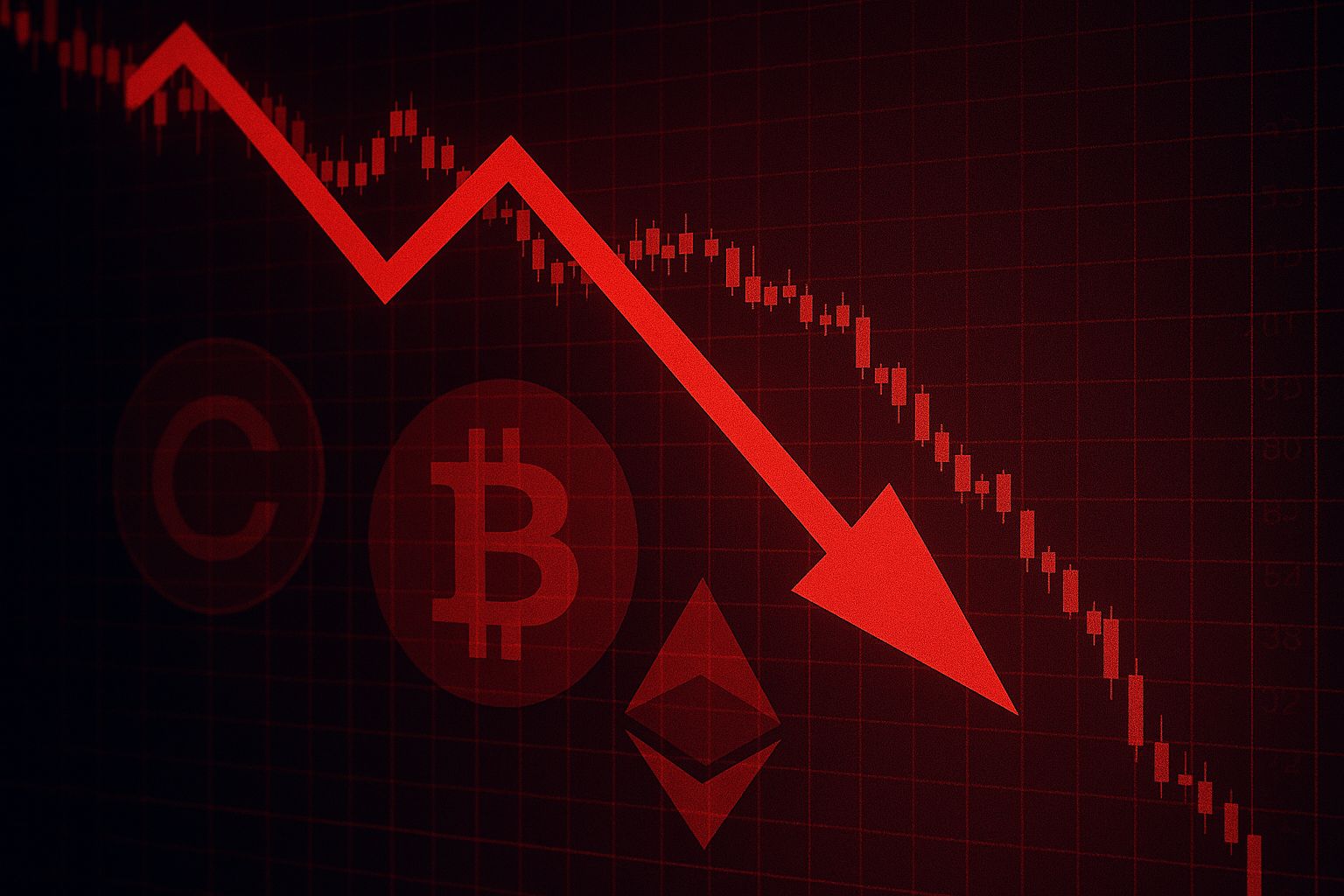Vitalik Buterin's Advances in Zero-Knowledge Technology: Driving Ethereum's Growth and Enhancing Investor Profits
- Vitalik Buterin advances Ethereum's ZK innovations, prioritizing scalability and efficiency through Layer 2 upgrades like ZKsync's 15,000 TPS Atlas upgrade. - ZK Stack bridges Ethereum's security with off-chain efficiency, driving 150% token price growth and a projected $90B ZK Layer 2 market by 2031. - Modexp precompile removal increases gas costs but optimizes ZK proofs, reflecting Buterin's focus on long-term sustainability over short-term savings. - Investors face high-reward opportunities as ZK-cent
ZKsync’s Atlas Upgrade: A New Era for Scalability
The clearest example of Buterin’s ZK ambitions is the
For those investing, the message is unmistakable:
Refining ZK-EVM: The Modexp Precompile Controversy
Buterin’s technical influence goes beyond Layer 2 solutions. He has advocated for eliminating Ethereum’s modexp precompile, an outdated component that places a heavy load on ZK-rollups.
Some critics worry that increased gas prices could discourage everyday users, but
Financial Impact and Investment Prospects
The financial effects of these upgrades are already becoming evident.
Nonetheless, investors should temper their enthusiasm with prudence.
Conclusion: A Bold Wager on What’s Next
Vitalik Buterin’s ZK-driven advancements go far beyond minor improvements—they redefine what Ethereum can offer. By focusing on scalability and operational efficiency, he is setting the stage for a blockchain that could compete with traditional financial systems in terms of speed and reliability, all while maintaining decentralized control. For investors, the crucial question is whether the network’s technical momentum can stay ahead of regulatory and operational obstacles.
The numbers are persuasive: ZK Layer 2 solutions are on track to become the backbone of Ethereum’s value layer, with market expansion and token gains already reflecting this trend. Still, as with any rapidly growing industry, unpredictability and risk are part of the landscape. Those prepared to manage these uncertainties may be well-placed to benefit from one of blockchain’s most significant transformations.
Disclaimer: The content of this article solely reflects the author's opinion and does not represent the platform in any capacity. This article is not intended to serve as a reference for making investment decisions.
You may also like
60% APR Airdrop Collected by One Party, Compromising Openness in DeFi
- Web3 startup aPriori faces scrutiny as a single entity claimed 60% of its APR token airdrop via 14,000 interconnected wallets. - Wallets funded with 0.001 BNB each on Binance showed coordinated activity to claim and transfer APR tokens rapidly. - Blockchain analytics firm Bubblemaps revealed the entity continued creating new wallets to maximize airdrop allocations. - aPriori, backed by Pantera Capital, remains silent despite raised concerns about distribution fairness and DeFi transparency. - The inciden

Indonesia's Crypto Hacker Detained, Prompting Surge in Quantum-Resistant Security Measures
- Indonesian authorities arrested a hacker linked to a $398,000 crypto theft via a DeFi platform vulnerability, signaling intensified efforts against digital asset crimes. - The incident highlights growing regulatory challenges in securing blockchain transactions, as hackers exploit platform weaknesses to siphon funds. - Industry responses include quantum-resistant security measures, with QANplatform auditing its protocol and PQC markets projected to grow 46.2% annually by 2030. - Geopolitical shifts ampli

Hyperliquid (HYPE) Price Rally: Advancements in Liquidity and On-Chain Usage Fuel DeFi Rebound
- Hyperliquid's HYPE token surged above $40 after November 2025 Robinhood listing, driven by liquidity expansion and fee cuts. - TVL grew to $3.5B by June 2025, with HyperEVM and Unit layers enabling EVM compatibility and cross-asset trading. - Q4 2025 saw $47B weekly volumes and 78% user growth, as decentralized equity derivatives like NVDA-PERP gained traction. - Buybacks and Fed rate cut expectations project HYPE to $71 by 2026, despite security challenges like the Jelly incident.
Bitcoin price forecast: Is Bitcoin heading for $80k?
